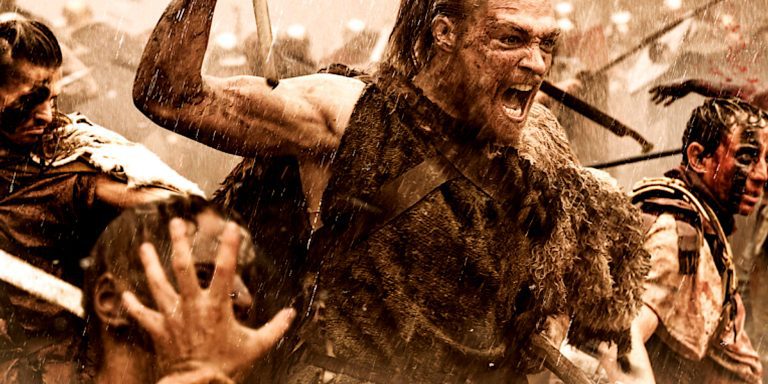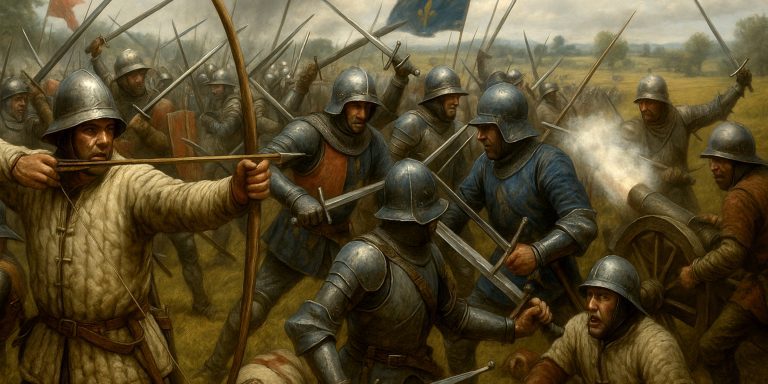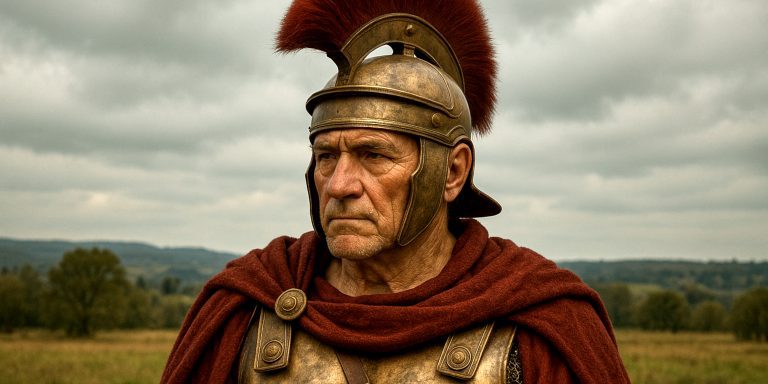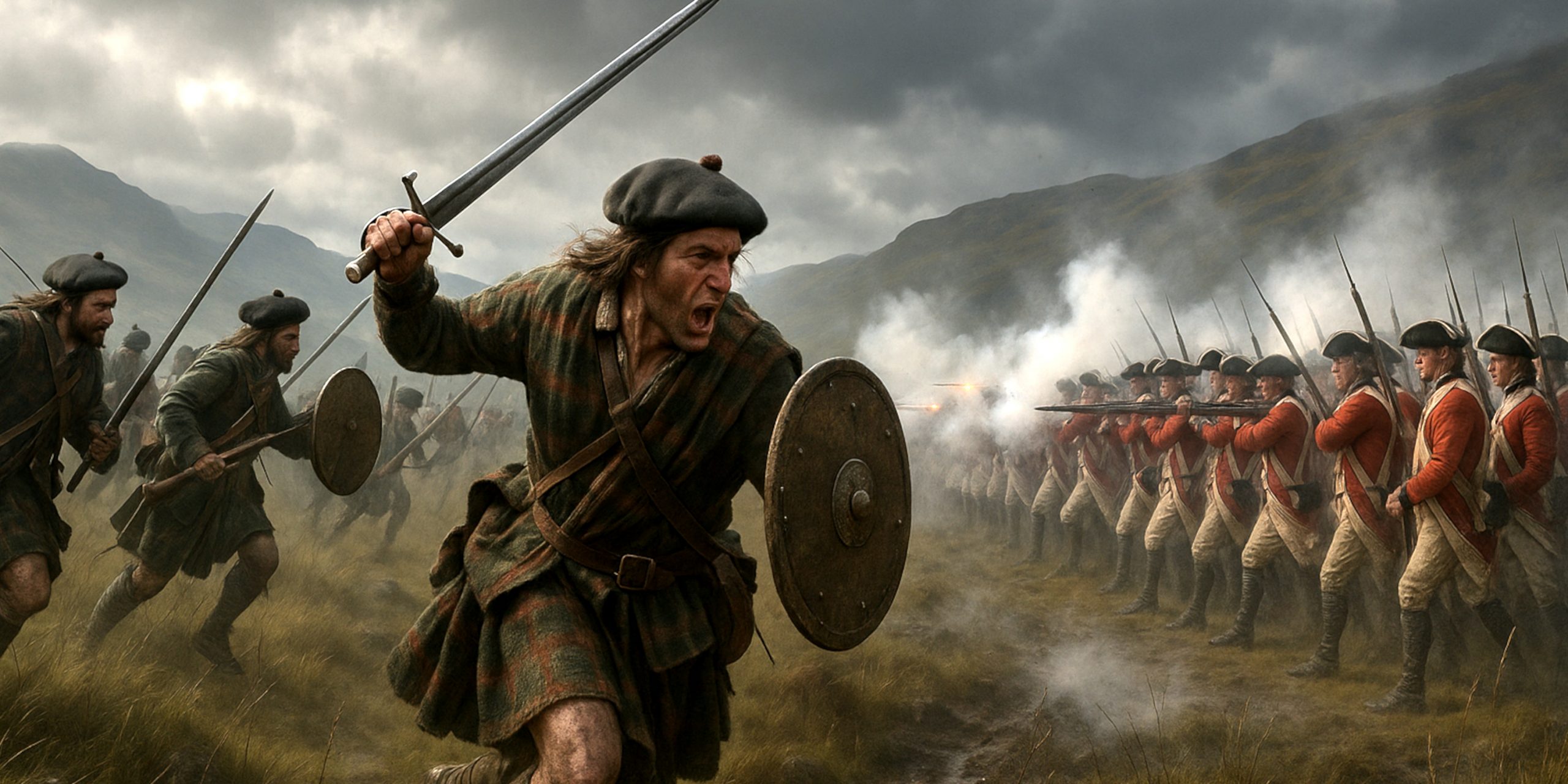
Outlander weaves time travel and historical romance into the backdrop of real events, most notably the Jacobite uprising of 1745. While the series draws viewers into the emotional and political turmoil of the era, it also sparks interest in the actual history of the Jacobite cause. Here is the reality behind the drama.
The Jacobite Cause
The term ‘Jacobite’ comes from the Latin for James, Jacobus, referring to supporters of James II of England and VII of Scotland, a Catholic king who was deposed in 1688 during the Glorious Revolution. The movement aimed to restore James and his descendants from the House of Stuart to the thrones of England, Scotland and Ireland.
Though James was replaced by his Protestant daughter Mary and her husband William of Orange, many Highland Scots and Irish Catholics remained loyal to the Stuarts. They viewed the Hanoverian kings who followed as illegitimate usurpers.
Bonnie Prince Charlie and the ’45 Rising
The most famous of the Jacobite attempts to restore the Stuarts came in 1745, when Charles Edward Stuart, known romantically as Bonnie Prince Charlie, landed in Scotland. He claimed the throne on behalf of his father, James Francis Edward Stuart, the so-called ‘Old Pretender’.
Charles rallied support among Highland clans, particularly those disaffected by English interference and the decline of traditional clan structures. Despite limited arms and training, the Jacobite army managed several early victories, including the Battle of Prestonpans in September 1745.
Encouraged, they marched into England, reaching as far south as Derby. But without expected French support and facing growing opposition, the Jacobites retreated to Scotland.
Culloden and Its Aftermath
The uprising met a brutal end at the Battle of Culloden on 16 April 1746. Government forces under the Duke of Cumberland crushed the Jacobites in under an hour. The battlefield, a boggy moor near Inverness, was poorly chosen and proved disastrous for the Highlanders.
In the aftermath, the British government sought to dismantle the clan system that had underpinned the Jacobite effort. Tartan dress, bagpipes and the bearing of arms were banned. Many Highlanders were killed, imprisoned or transported. Others saw their lands confiscated or families broken up in the Highland Clearances that followed.
Historical Accuracy in Outlander
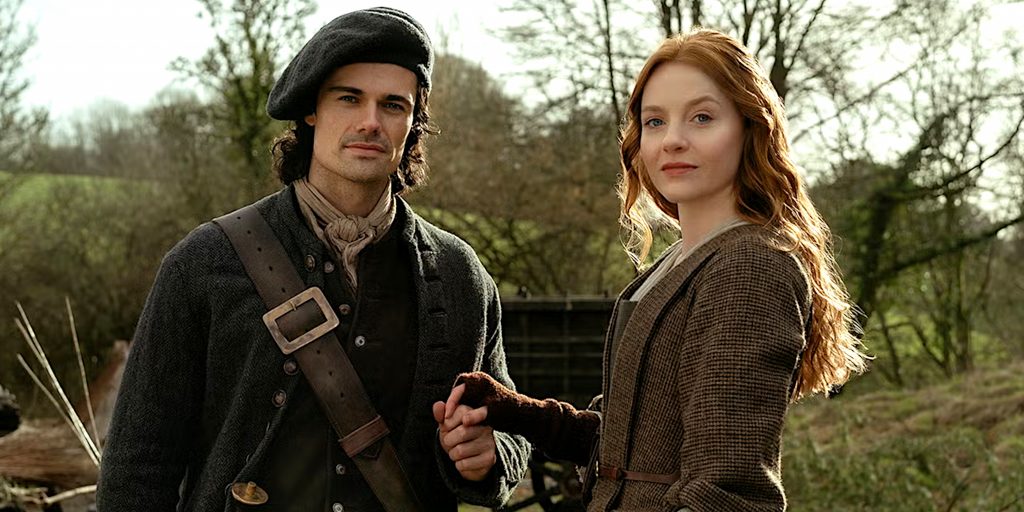
Outlander makes a deliberate effort to depict the political tensions and cultural stakes of the 1745 rising, though with the necessary alterations for narrative fiction. Characters like Jamie Fraser are fictional, but events like the Jacobite Council at Edinburgh, the march to Derby and the bloodshed at Culloden are drawn from historical record.
The show captures the romanticism that still clings to the Jacobite cause, but it also acknowledges its tragedy. It portrays not just battles but also the deeper erosion of Gaelic culture and the long shadow left by Culloden across Scotland.
Legacy
The failure of the Jacobite uprising marked a turning point in British history. It ensured the dominance of the Hanoverian dynasty and sped up the integration of Scotland into a centralised British state. It also contributed to a mythologised Highland identity that persists in Scottish tourism, literature and popular culture.
While Outlander brings this past to life through its characters, the truth behind the Jacobite rising reveals a complex story of loyalty, loss and the end of a way of life.
Watch the documentary:

